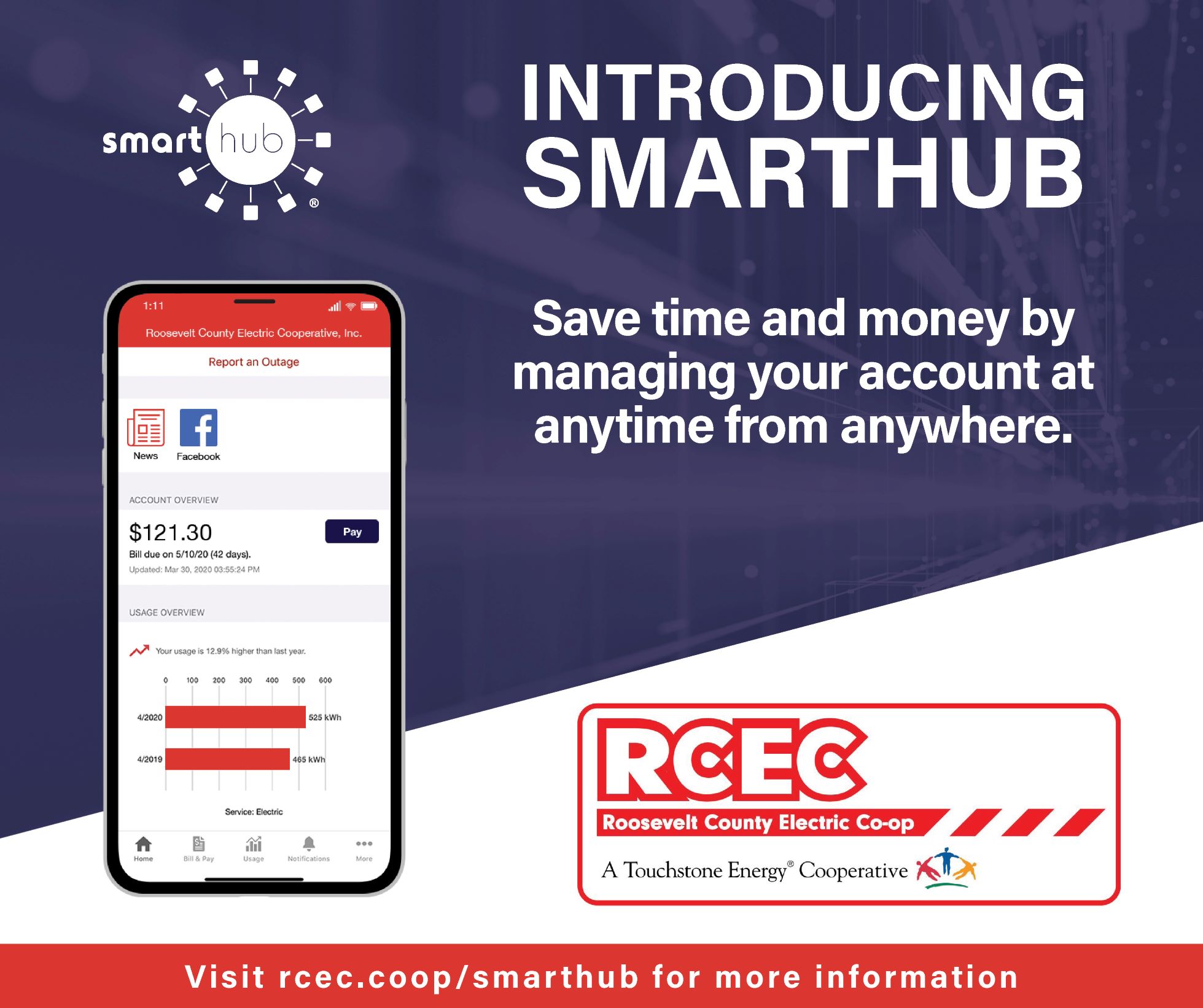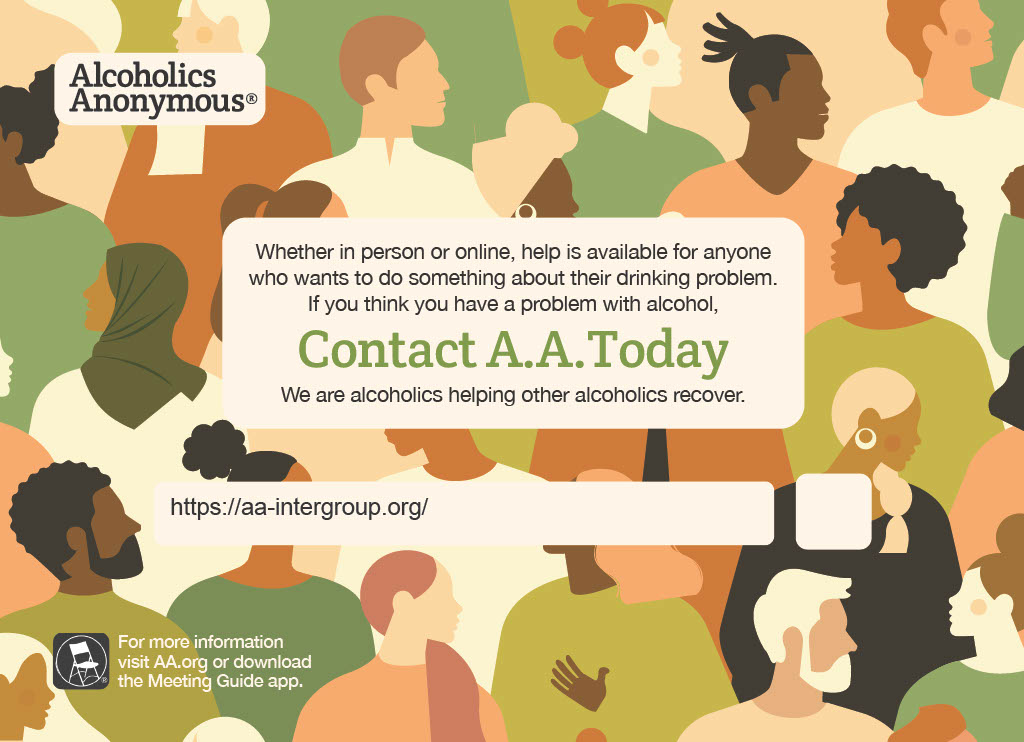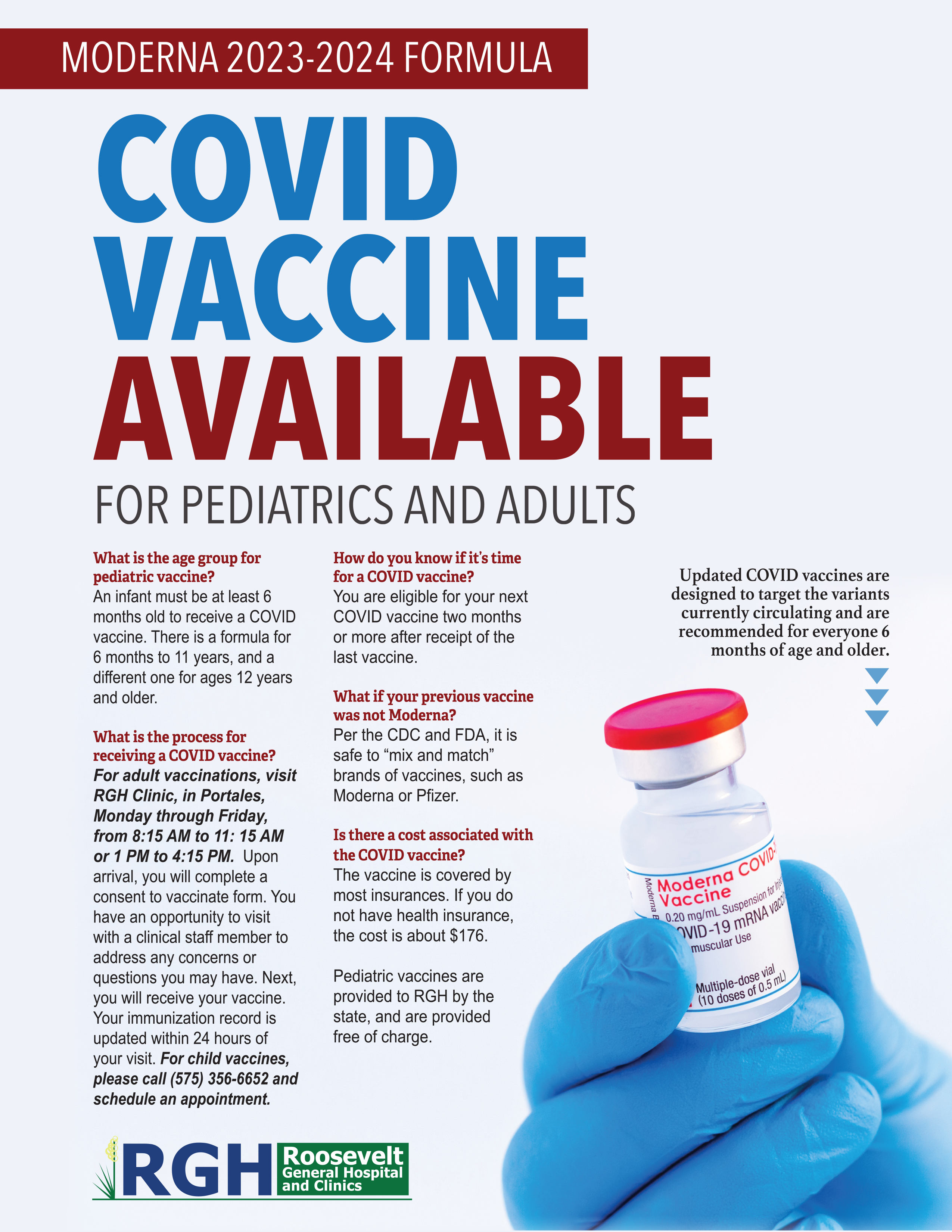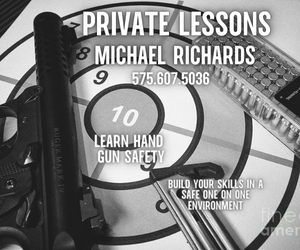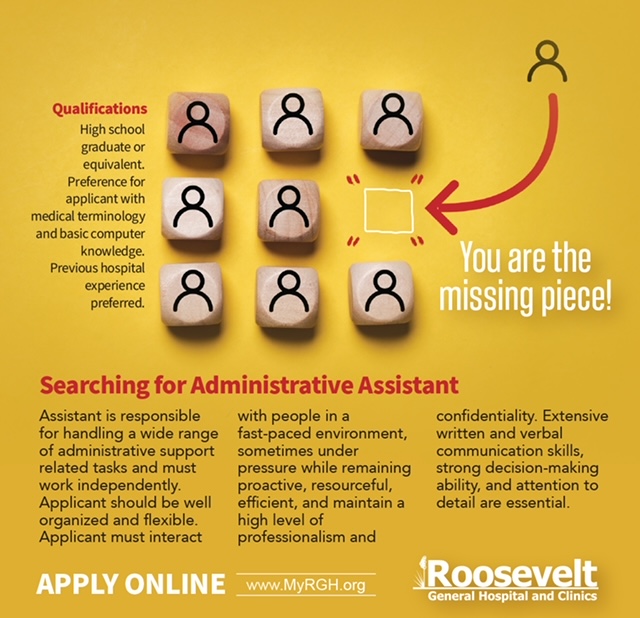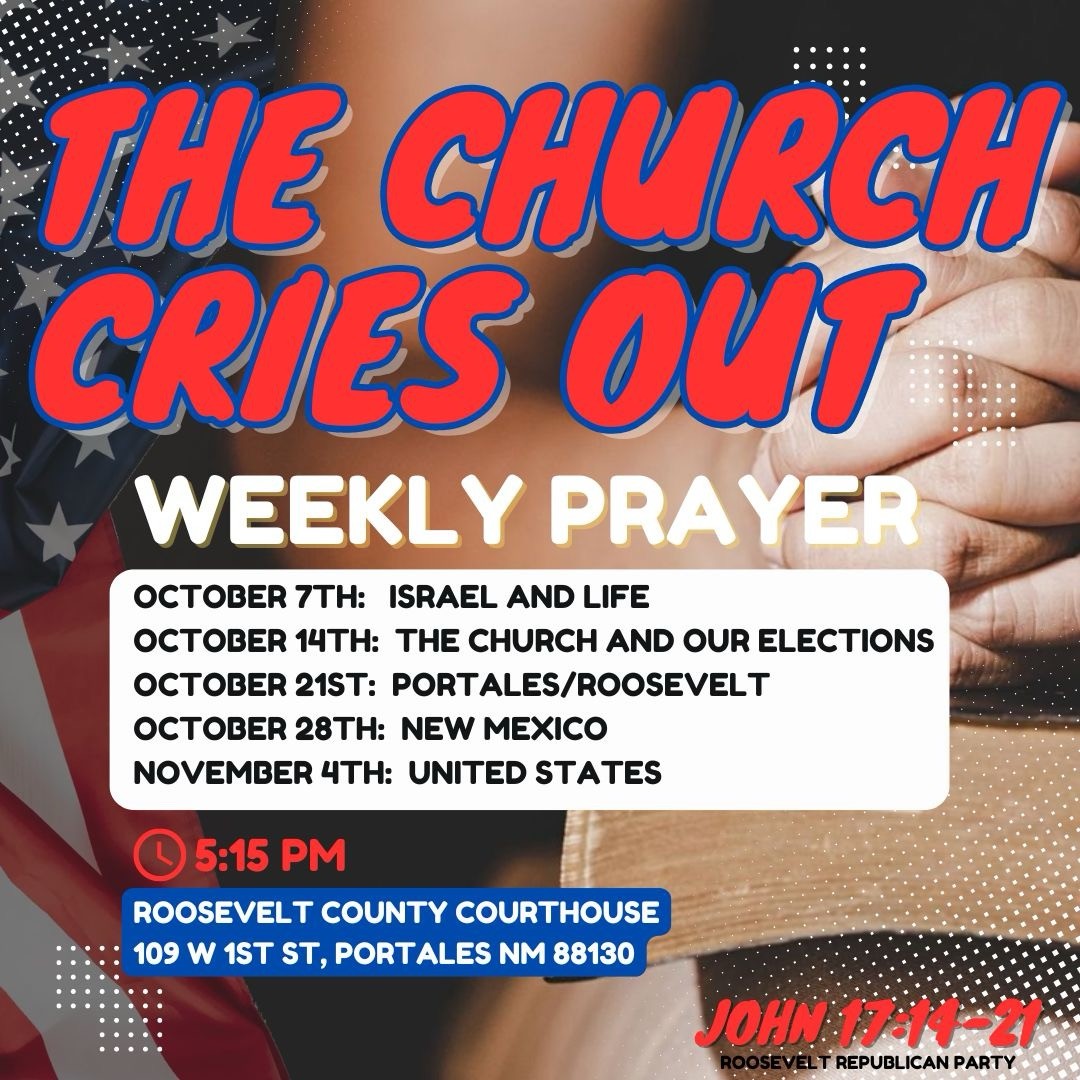If you just started a new job, and you’re looking at the 401(k) options that are available, you probably have questions about how it all works. Your golden years depend on investment choices you make today. And if you’re counting on your 401(k) to be a big part of your financial picture, it’s important to get your questions answered.
What Is a 401(k) Plan?
A 401(k) is an employer-sponsored plan forretirement savings. It allows employees the benefit of having retirement savings taken out of their paychecks before taxes. If your workplace offers a 401(k), you’ll fill out an enrollment packet that includes information about vesting, beneficiaries and investing options.
How Many Types of 401(k)s Are There?
There are two basic types of 401(k)s—traditional and Roth. Both are employer-sponsored retirement savings plans, but they’re taxed in different ways.
A traditional 401(k) offers tax benefits on the front end. Your money goes in tax-free, but you pay taxes on the employer match (if you have one) and the withdrawals you take out in retirement—that includes all growth on your contributions, too.
A Roth 401(k) offers tax-free growth. Your contributions are taxed up front with after-tax dollars, but then you don’t pay taxes on your contributions or their growth when you retire. You will still owe taxes on employer contributions.
There are also a few other types of 401(k)s available for folks who are self-employed or own small businesses:
- Solo 401(k): Also known as a one-participant 401(k), the solo 401(k) was created for business owners who work for themselves and don’t have any employees. It allows you to make contributions as both an employee and as an employer.
- SIMPLE 401(k): If you’re a small business owner with no more than 100 employees, the SIMPLE 401(k) is for you (it’s very similar to a SIMPLE IRA). As an employer with this plan, you must offer a matching contribution of up to 3% of each employee’s pay or put in 2% of each employee’s pay (even if they don’t make contributions).
How Much Should You Invest in Your 401(k)?
If your employer offers a match, you should at least invest enough to take full advantage of that perk. Most companies (86%) with a 401(k) plan provide a match on employee contributions. The average employer match is around 4.5% of your salary. Even if your employer match is less, that extra money can make a big difference over time in your nest egg.
After you take advantage of the match, then what? Overall, we recommend that you save 15% of your income for retirement. Does all that need to be in your 401(k)? Not necessarily. Here are a couple options:
- Option #1: You have a Roth 401(k) with great mutual fund choices. You can invest your whole 15% in your Roth 401(k) if you like your plan’s investment options.
- Option #2: You have a traditional 401(k). Invest up to the match, then contribute what’s left of your 15% to a Roth IRA. If you contribute the maximum to a Roth IRA and still have money left over, you can go back to your traditional 401(k).
What Is the Current Contribution Limit for Your 401(k)?
The current yearly contribution limit for a 401(k) in 2021 is $19,500. If you are 50 or older, you can make catch-up contributions, increasing your annual limit to $26,000.
What Should Your 401(k) Be Invested In?
We recommend diversifying your portfolio by including an equal percentage of funds from four different families of mutual funds: growth, growth and income, aggressive growth, and international. Work with your financial advisor to choose mutual funds with a long history of above-average performance.
When Should You Invest in Your 401(k)?
Don’t start investing until you’re out of debt (everything except your mortgage) and have a fully funded emergency fund of three to six months of expenses set aside. If you’re currently investing, but still have debt besides your mortgage, it’s time to hit the pause button.Temporarily stop putting money into your 401(k), and focus on taking care of those two steps first.
Your income is your greatest wealth-building tool. If your income is tied up in debt payments, you’re robbing yourself of a chance to build wealth. Debt equals risk, so get it out of your life as fast as you can.
If you start investing without an emergency fund in place, where do you think you’ll look for money when the air conditioner in your home dies? That’s right, your 401(k). If you take money out of your 401(k), you’re not just putting your retirement future at risk. You’re also going to get hit with taxes and early withdrawal penalties. That’s why having an emergency fund with 3 to 6 months of expenses is so important.
How Do Fees Impact Your Investing?
It’s important to understand the full picture of how fees affect your investing portfolio. Your 401(k) can seem like an expensive way to invest, but if you’re getting a company match on your contributions, the gain is almost always worth it.
If you’re choosing funds based solely on fees, you’re missing an important part of the picture. While some funds may seem appealing because they offer low fees, it’s worth a second look to make sure you’re not sacrificing performance. You’re looking for a combination of low fees andstrong returns.
What Does it Mean to Be Vested?
Vested is a term used to talk about how much of your 401(k) belongs to you if you leave your job. The money you contribute is yours, but some employers have guidelines about how much of their matching contribution you can take with you.
For example: If your company increases the amount you are vested in by 25% every year, leaving your job after two years would mean you could only take 50% of the employer contributions with you. Once you’re fully vested, you keep 100% of the employer contributions.
What Happens to Your 401(k) When You Leave Your Job?
You basically have four options when you leave your job: Do nothing and leave the money in your old 401(k), roll it over into an IRA, roll it into your new employer’s 401(k) plan, or cash out your 401(k).
Do not cash out your 401(k) plan!
When you cash out your 401(k), you don’t get to keep all the money. You’ll owe taxes on the total amount, as well as a 10% withdrawal penalty. Your best option is to roll over your 401(k) funds into an IRA, because it gives you the most control over your investments and what mutual funds to choose from.
What Are the Rules for 401(k) Withdrawals and 401(k) Loans?
When life happens, it’s easy to turn to the savings stashed in your 401(k). The money is just sitting there, right? Turns out, withdrawing money from your 401(k) early is kind of complicated.
According to the IRS, you can’t withdraw money out of your 401(k) before you reach the age of 59 1/2 without paying income taxes and a 10% early withdrawal penalty. But there’s a “loophole”: 401(k) loans allow you to use your retirement savings without paying penalties or taxes if you pay the money back. Of course, doing this comes with a bunch of rules, and things can go wrong fast.
Here’s why 401(k) loans are a bad idea:
- You must pay back the amount you withdraw with interest.
- Your investments into your workplace 401(k) account are pre-tax, but you’ll pay back the loan with after-tax dollars. That means it will take longer to build up the same amount.
- You’ll have to pay additional taxes and penalties if you don’t pay back the loan within a certain time frame.
- If you leave your job, for whatever reason, and still have an outstanding 401(k) loan balance, you must pay it back in full by the tax filing deadline the following year, including extensions (thanks to the Tax Jobs and Cuts Act of 2017). Under previous law, you had 60 to 90 days to pay off the balance completely.
Should You Work with a Financial Advisor?
You need the experience and knowledge of a financial advisor or investment professional to help you make well-informed decisions about your investments. Work with a true professional—one with the heart of a teacher—to create a long-term strategy for your investments. You want a pro who is smarter than you, but one who understands thatyou call the shots!
- Provided by, and used with permission from, Ramsey Solutions
















